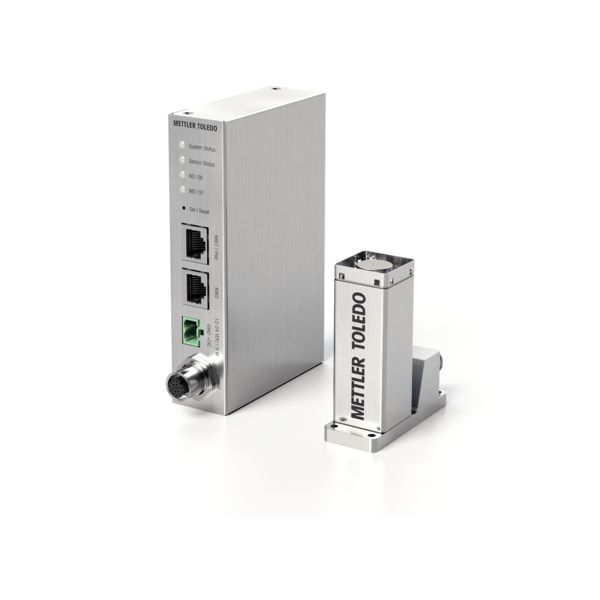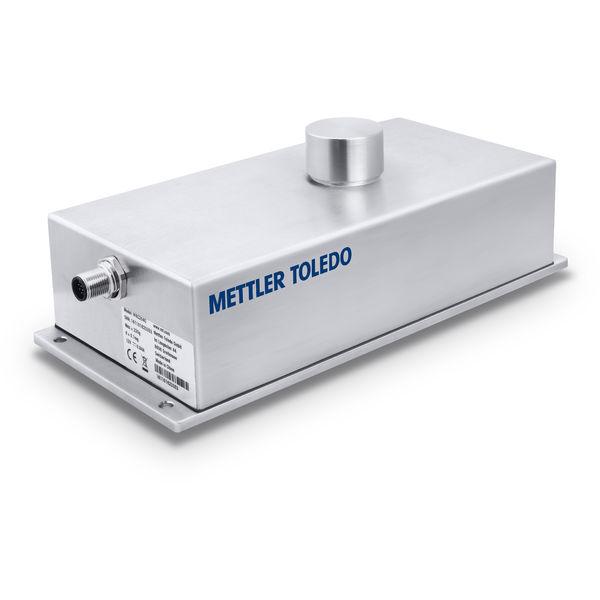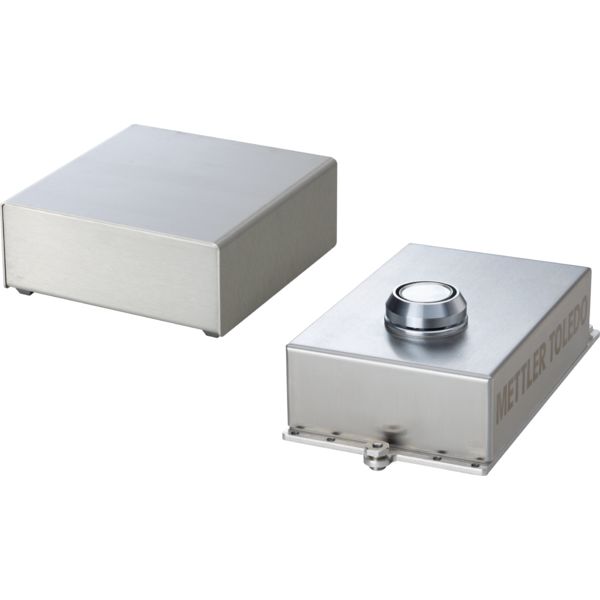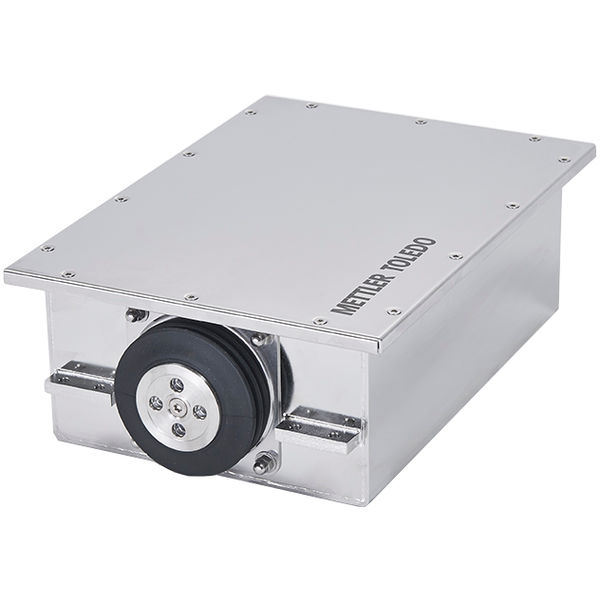
Automated Precision Weigh Modules
Automated precision weigh modules deliver the highest levels of linearity, repeatability and speed for the needs of equipment, machine and instrument manufacturers. The compact designs and high accuracy of these sensors enable agility for even the most challenging automation applications and the tightest space requirements. Benefit from simple connectivity and comprehensive overload and wash-down protection to design systems that deliver reliable results in any production environment.
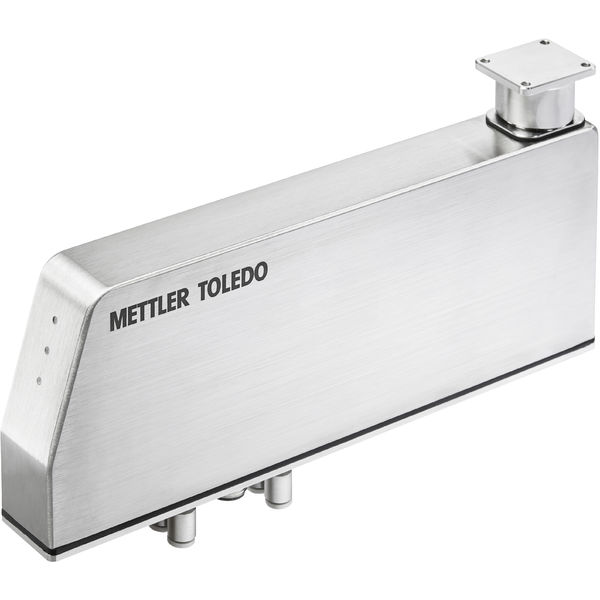
Weighing Module WMF204C-L/IE
WMF-modules zijn dankzij hun dunne en compacte design geschikt voor automatiseringsnetwerken met meerdere lijnen, die rechtstreeks aangesloten zijn op regelsystemen.
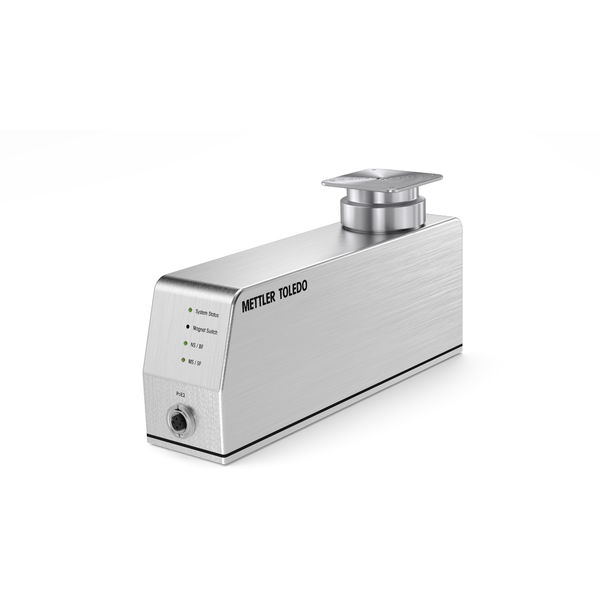
Weigh module SPE404-C
De SPE weegmodules combineren een versterkt ontwerp met uiterst precieze weegprestaties en praktische modulariteit.
Download Materials
Explore our Services - Tailored to Fit your Equipment
We support and service your measurement equipment through its entire life-cycle, from installation to preventive maintenance and calibration to equipment repair.
Support & Repair

Maintenance & Optimization

Calibration & Quality

Training & Consulting


Professional Installation - Get it right from the start
FAQs
What is a weight sensor?
Weight sensor modules are tailor made at METTLER TOLEDO to meet the needs of equipment, machine and instrument manufacturers. Weight sensors play an important role in ensuring high precision weighing, and high precision load cells inside weigh modules that contain them offer the highest levels of linearity, repeatability and speed. We invite you to learn more about our high precision load cell technology and high precision load cell applications, as well as our ultra precision weight sensors.
Which weigh sensor is used in a weight-based machine? What sensor is used in weight scale?
METTLER TOLEDO offers precision load cells, high precision load cells and ultra precision load cell solutions that deliver several benefits depending on your machine or scale requirements. The compact size of a weight sensor and high accuracy load cell means it can be used in the most challenging and tightest space requirements. This can help ensure your high precision load cell applications have the highest accuracy. You will also benefit from comprehensive overload protection, which guards the high resolution load cell in the event of malfunction of handling devices or mistakes during installation. Wash-down protection, which can be activated by supplying air pressure, ensures an IP rating of IP65 and makes the weight sensor inside the ultra precision load cells eligible for cleaning operations with a water spray.
How does a weight sensor work? How do weight sensors work?
A weight sensor works by converting weight or a force that is applied against it into a signal. When a load is applied to a weight sensor, the resistance is changed, which leads to a change in output voltage. Whether your weight sensors are a precision load cell, a high precision load cell or an ultra precision load cell, see how METTLER TOLEDO weight sensors and milligram load cells can work for you. A fully integrated Ethernet interface and Ethernet TCIP/IP allow direct integration into a real-time automation network as well. Several weigh sensors also can be verified at any time with the internal calibration weight, which ensures correct functioning of the milligram load cell without stopping the application.
A high precision load cell featuring state-of-the-art weight sensor connectivity offers a compact and cost-effective solution for weighing in automated applications where high resolution and accuracy are needed. Learn more about our precision load cell, milligram load cell and high precision load cell options. Decide what load cell technology, load cell types and applications as well as load cell specifications suit to you.
What are the different types of sensors? What are the types of weight sensors?
METTLER TOLEDO has a wide variety of ultra precision load cells and milligram load cells, from high precision load cell solutions to precision load cell solutions – discover the ideal fit for your precision load cell or high precision load cell application today!
